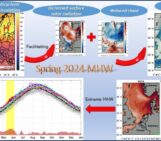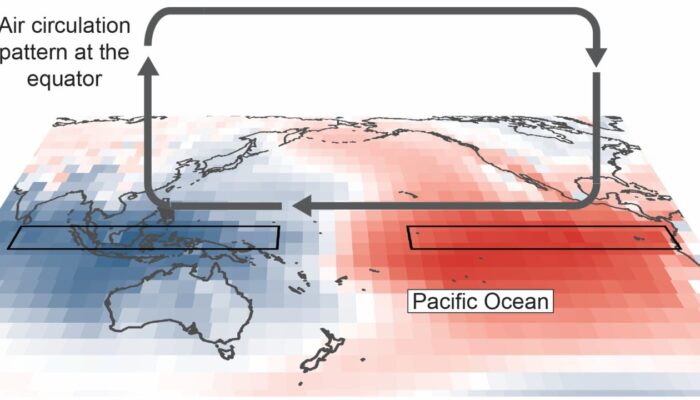
What is the Walker Circulation?
The El Niño Southern Oscillation, or ‘ENSO’, is one of the major causes of year to year variability in Earth’s climate. ENSO is characterised by:
- changes in the temperature of the ocean’s surface in the tropical Pacific Ocean, and
- by changes in atmospheric circulation in an east-west direction above the Pacific Ocean.
Number two in that list is what makes ENSO so impactful. Because the Pacific Ocean is so enormous, changes in atmospheric circulation over the Pacific Ocean affect temperature and rainfall across the globe. In fact, the east-west (or ‘zonal’) atmospheric circulation above the Pacific Ocean—which forms the atmospheric part of ENSO—has its own name: the Walker Circulation. The Walker Circulation might be less famous than ENSO, but it is just as important.
Why does the Walker Circulation matter?
The Walker Circulation is characterised by air rising above the Maritime Continent in the tropical western Pacific, which then travels eastward high in the atmosphere, before sinking back to the surface over the eastern Pacific Ocean. Then the surface winds flow back toward the west (Fig. 1). Much like ENSO has El Niño and La Niña phases, the Walker Circulation can be weaker or stronger. A weaker Walker Circulation corresponds to El Niño ocean conditions, with weaker easterly surface winds blowing across the tropical Pacific. A stronger Walker Circulation corresponds to La Niña ocean conditions, with stronger easterly surface winds. For one example of the effects of changes in the strength of the Walker Circulation: a stronger Walker Circulation tends to bring cooler weather and increased rainfall to eastern Australia (where a lot of the Australian population lives). In extreme cases, this can cause floods, as seen during the recent three-year La Niña event, which was associated with a stronger Walker Circulation. On the flip side, a weaker Walker Circulation tends to bring drier, warmer weather to eastern Australia.
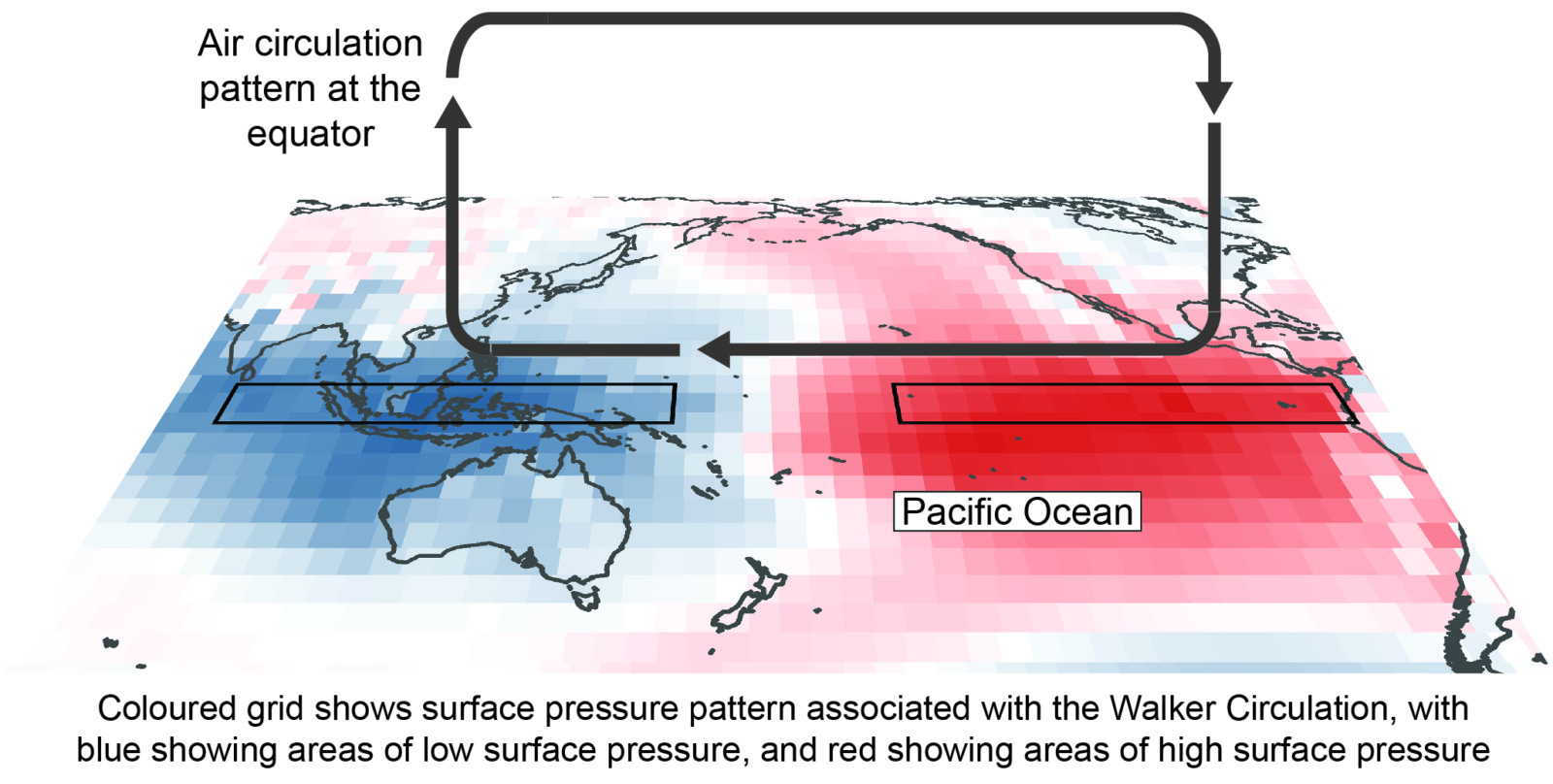
Figure 1: Schematic of the Walker Circulation, showing the characteristic east-west air circulation pattern.
How will climate change affect the Walker Circulation?
Even though we expect climate change to affect the Walker Circulation, we don’t know exactly how. Climate models predict that global warming will ultimately cause the Walker Circulation to become weaker (more ‘El Niño-like’), but this has not yet been seen in observations of the climate system. So, in our paper recently published in Nature(1), my colleagues and I set out to discover if there has been any detectable change in the Walker Circulation because of climate change.
An 800 year reconstruction of the Walker Circulation
To do this, we had to extend the ‘observational’ record back beyond the Industrial Revolution—to see if there has been any change in the modern behaviour of the Walker Circulation compared with the time before humans started putting large amounts of greenhouse gas into the atmosphere. To construct this long record, we used a global network of proxy records for the atomic properties of water (the ‘water isotopes’). The reason we could do this is that previous work from our group showed that the Walker Circulation strongly affects rainfall across the globe, and that that influence is recorded in the rainfall’s isotopes(2). That information can be stored for hundreds of years, in natural ‘palaeoclimate’ archives such as glacier ice, corals, tree wood, lake sediments, and speleothems (cave carbonates) (Fig. 2). We used water isotope information from these palaeoclimate archives to reconstruct Walker Circulation variability over the past 800 years (Fig. 3). We then used that reconstruction to assess:
1. The long-term nature of Walker Circulation variability,
2. the response (if any) of the Walker Circulation to climate change, and
3. the response of the Walker Circulation to volcanic eruptions, which, aside from human activities, are the only major external influence on the climate system of the past 800 years.
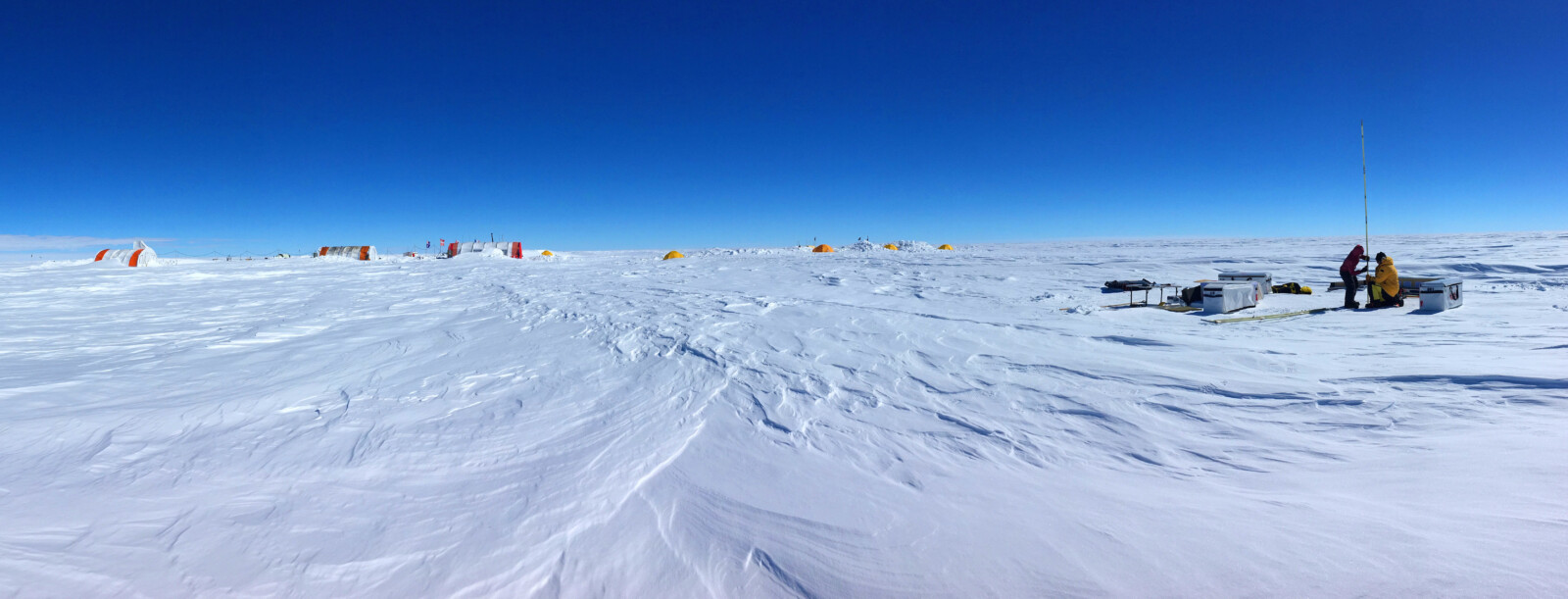
Figure 2: Data from Antarctic ice cores helped to create a reconstruction of how the Walker Circulation has changed over time. Image credit: Nerilie Abram.
What did we find?
Curiously, we found that there has been no change in the average strength of the Walker Circulation in the Industrial Era compared with the pre-industrial (before 1850). That is, the Walker Circulation has not become noticeably weaker (more El Niño-like) or stronger (La Niña-like). This finding is different to what we see in climate models, which generally simulate a weakening Walker Circulation in the Industrial Era(3). This disparity could be due to several reasons, including the competing influence of anthropogenic aerosols (which likely drive a stronger Walker Circulation), or simply that the Walker Circulation’s year-to-year variability is too large for any significant change to be detected yet. This means that it is still possible that the Walker Circulation will get weaker with future global warming.
However, we did find something surprising: the year-to-year behaviour of the Walker Circulation has changed, with slightly lower-frequency variability in the Industrial Era compared with the pre-industrial. That is, that the length of time for the Walker Circulation to switch between El Niño-like and La Niña-like phases has slowed. As a result, La Niña—and maybe even El Niño—events that persist for multiple years may become more common, exacerbating the associated risks of drought, fire, rains, and floods.
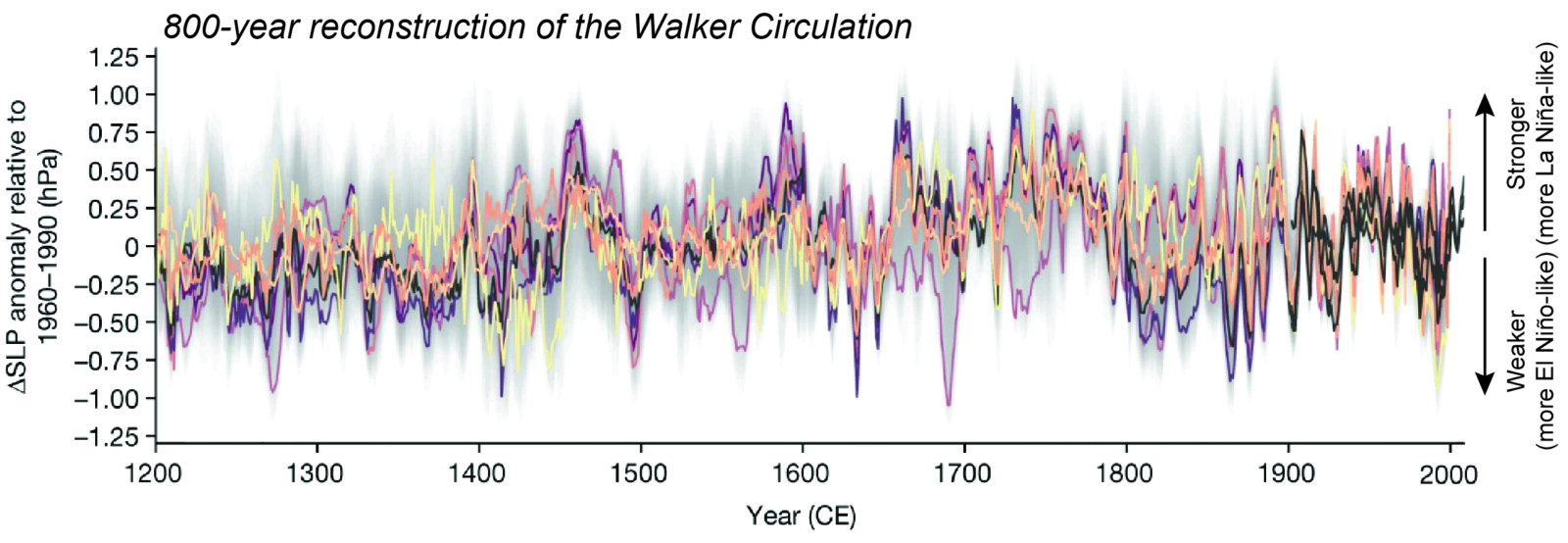
Figure 3: Reconstruction of the Walker Circulation over the past 800 years, in terms of the sea level pressure gradient (ΔSLP) across the equatorial Pacific Ocean (the difference between SLP in the two boxes shown in Fig. 1). Adapted from ref. (1).
We also found that volcanic eruptions have a clear influence on the Walker Circulation, with a consistent El Niño-like weakening of the Walker Circulation in the couple of years following a large eruption. We also see the same response in climate models, which is cool—it is always nice to see agreement between reconstructions and models! Seeing this strong atmospheric response was particularly interesting, as other researchers have not seen such a strong response in reconstructions of tropical Pacific Ocean temperatures. This could either be because the atmospheric response is stronger, or it is easier to detect.
A final note: one of the most innovative aspects of this work was that we did not just produce one reconstruction of how the Walker Circulation has changed over the past 800 years. We actually produced 4800 different versions, or ‘realisations’ of possible Walker Circulation variability through the past 800 years (Fig. 3). Together, these 4800 realisations capture methodological uncertainties, as well as uncertainty arising from the fact that as you go back through time, it is increasingly difficult to know exactly when something happened. We call this ‘chronological uncertainty’, and we hope that the authors of future climate reconstructions are inspired to include it in their reconstructions as well!
The research described in this blog post was supported by the US National Science Foundation (NSF) through P2C2 grants AGS-1805141, AGS-1805143, and AGS-2041281; and by the Australian Research Council through a Discovery Project (DP170100557) and the Centre of Excellence for Climate Extremes (CE170100023).
References 1. G. Falster, B. Konecky, S. Coats, S. Stevenson, Forced changes in the Pacific Walker circulation over the past millennium. Nature. 622, 93–100 (2023). 2. G. Falster, B. Konecky, M. Madhavan, S. Stevenson, S. Coats, Imprint of the Pacific Walker circulation in global precipitation δ18O. J. Clim. 34, 8579–8597 (2021). 3. R. C. J. Wills, Y. Dong, C. Proistosecu, K. C. Armour, D. S. Battisti, Systematic Climate Model Biases in the Large-Scale Patterns of Recent Sea-Surface Temperature and Sea-Level Pressure Change. Geophys. Res. Lett. 49, e2022GL100011 (2022).
This blog was edited by the CL editorial board.

